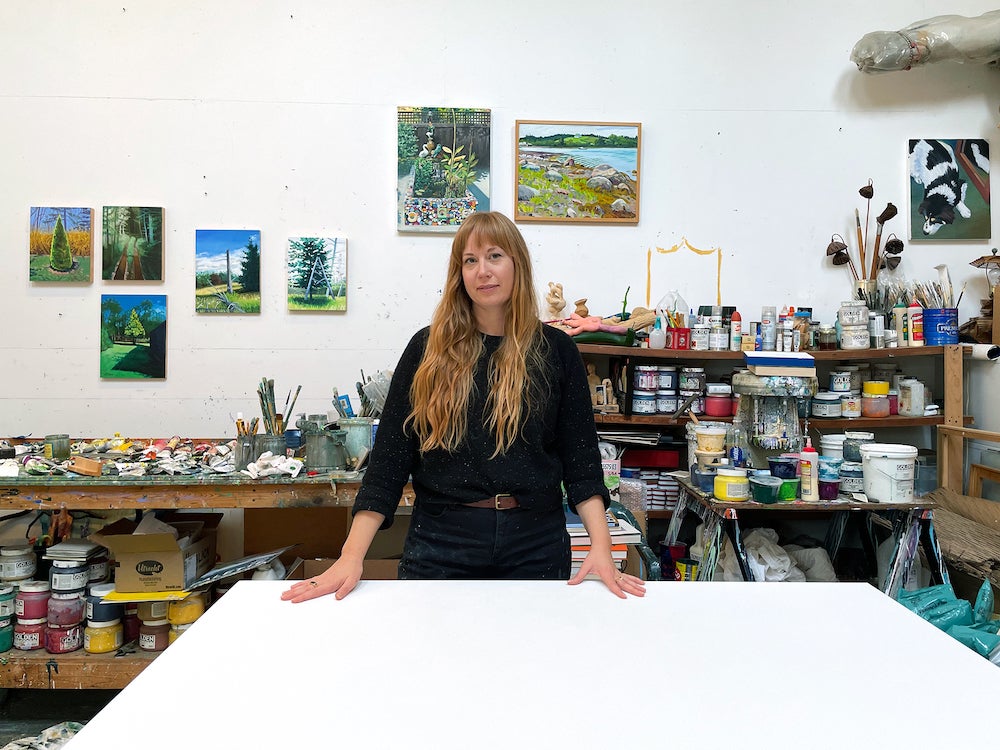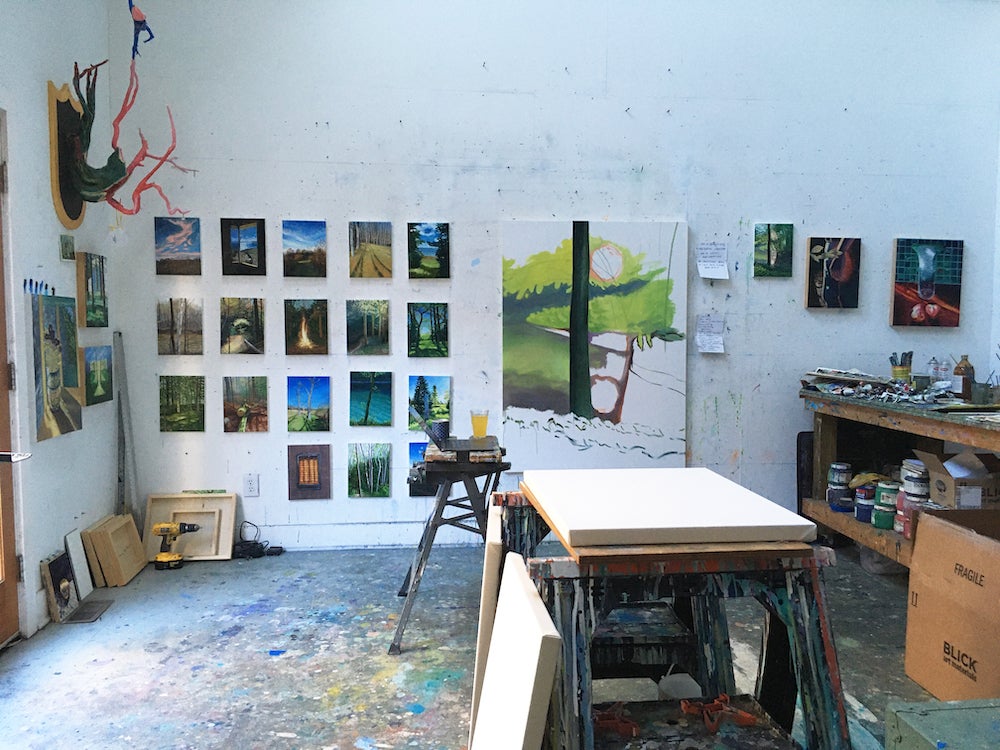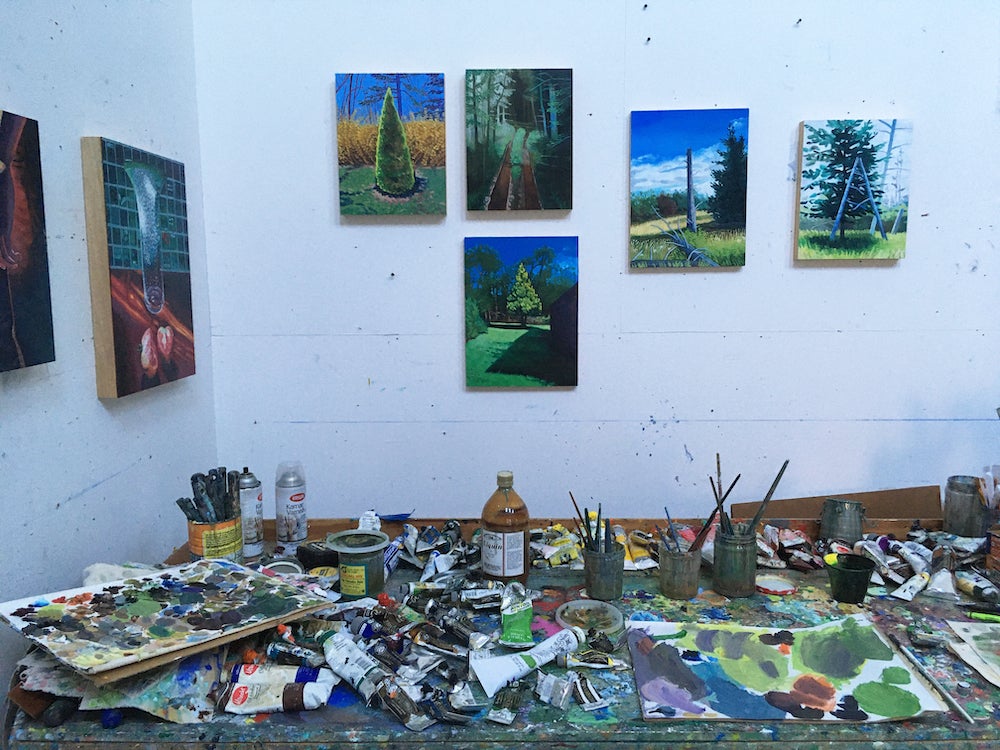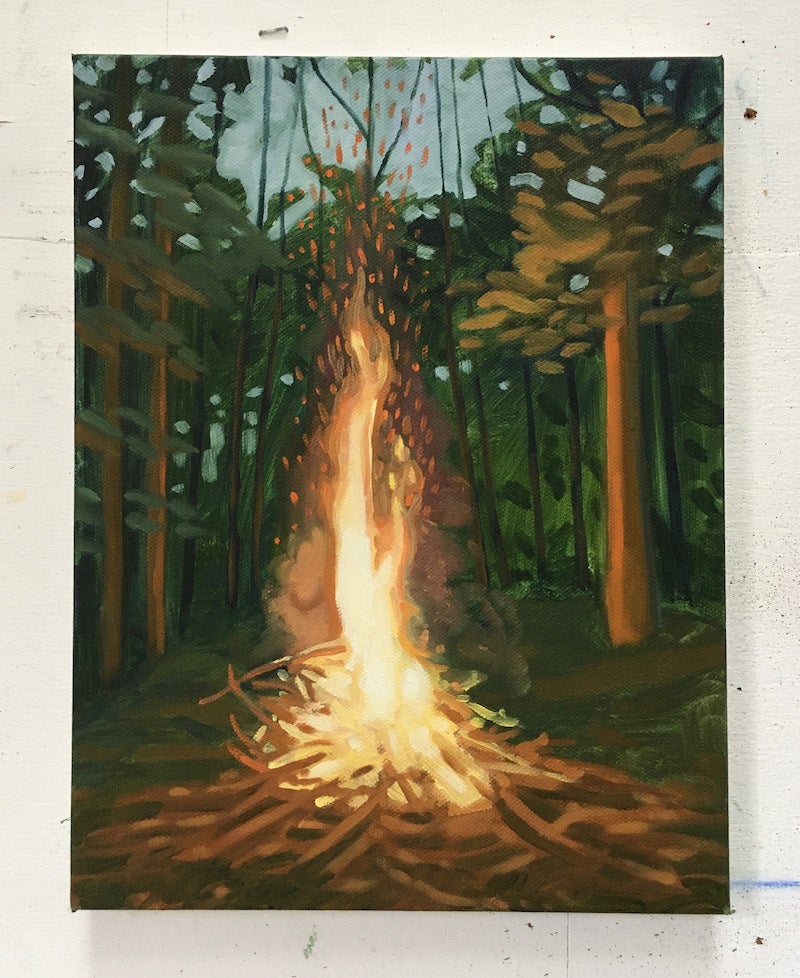
A few years ago, I visited the Gower Peninsula in South Wales, where there has long sat a mammoth stone known as Maen Ceti, or “Arthur’s Rock.” Nature deposited it onto the vast, green terrain long ago, and years of weather and human use (as meeting point, altar, and grave) have enhanced its severe appearance. As I made my way across the damp fields towards the site, I thought to myself—like countless others before me—that it seemed as though someone had placed the stone there intentionally, that this strange scene could not have happened by chance.
One Welsh myth claims that each morning, Maen Ceti rolls down the cliffs to take a drink from the sea, climbing back up to its ancient seat before sunrise. There are countless other stories associated with the stone. Something that strikes us as uncanny invites a quest for significance and humans have always assigned meaning to mysteries like these. We see signs, though of what we can’t always be sure.
The sense of meaning I felt in the face of Maen Ceti is something that Lina Tharsing works with every day. If she isn’t in her studio, she’s likely out in nature, hiking, walking, and looking, continuously seeking moments of otherworldliness or some unknown presence. The majority of Tharsing’s paintings depict natural sites, devoid of any figures. Branches form frames by chance, encircling details otherwise lost to the background; lone trees confront the center of the canvas. Seemingly coincidental organic paths, doorways, and columns string the individual scenes together. During my visit, we discussed and mused on this ongoing body of work, considering meditation, monuments, iconography, and dreams.
The following interview was recorded and transcribed for written format.

Maria Owen: Let’s start by hearing about what a day in the studio is like for you…
Lina Tharsing: I like to have a good four to six hour block to give me time to get into the zone. I start by making some coffee, then I come out here and pick up where I left off. If I find that there isn’t a natural flow happening—painting is not going well—then I’ll spend my time stretching canvas or gessoing. My favorite thing to do is sand down old paintings and go over them. My dad used to say that you have to treat your studio like any other job. You show up to work whether you’re feeling inspired or not.
MO: And when you are feeling inspired?
LT: Then, things move really quickly! It feels like I’m being swept along. Inspiration begins long before I come in here—there’s so much time spent imagining and thinking about the scene before I actually begin painting. I think about it all the time.
MO: What kinds of scenes are you thinking about these days?
LT: There’s a dreamlike quality that I’m always looking for. I try to find doorways or portals on my walks. One recent painting is of two gray trees with a bright white tree centered behind them. There’s something about that kind of moment that does something to my psyche—it feels like a meditative image, like something from a dream. All my paintings are rooted in real places that I’ve visited, but they aren’t totally of this world.
I often take photos while hiking in nature. I’ll be walking and suddenly a scene strikes me as transcendent or magical in some way. I’ve been going back through those images and exploring what works. I’m realizing that a lot of it is about light—trees illuminated in the forest, or the reflection of the sun on a river, a bar of light falling across a path, or shadows through a field.
MO: Tell me more about these singular subjects, the trees and fires.
LT: When I’m hiking in the Red River Gorge and come upon one of those giant pyramids of stone in the middle of the forest, I always imagine that some ancient civilization put it there, though of course that isn’t the case. They have the feeling of monuments or large sculptures. They have a real presence; I’m always struck by that. There seems to be an intentionality, though maybe it comes from within me.
I want to convey a feeling of myth and story, but without a figure or anything overtly symbolic or surreal: the singular monument of a tree or stone and the way that they become sentinels, looking out over the environment that they’re in. They are the watchers and I want the viewer to feel a sense of being the observer. It comes back to meditation, learning to be aware, to watch yourself watching.
When my godmother first taught me to meditate, she had me sit on a cushion and look into the flame of a candle. After a few minutes, I closed my eyes and tried to see the flame in my mind’s eye. The paintings do a similar thing, whether it’s a candle or a tree or a campfire appearing as a glowing ball of light in a dark landscape.
MO: So the trees, grass, fire, sky become instruments to connect to a larger experience?
LT: They become objects of contemplation. It’s all a kind of metaphor. People will ask me what I’m working on, and though the paintings are technically landscapes, I find myself not wanting to say that. They’re not necessarily about the landscape—they’re vehicles for a larger feeling or idea.

MO: This makes me think of iconography—this idea that a painting is not a likeness, but a tool to access the essence of something.
LT: Yes, they’re not necessarily about the specific places I’m referencing, instead they are symbols of a larger feeling of transcendence. In that way they’re very spiritual and mystical to me. And similarly to iconography, they invite the act of contemplation. There’s an opportunity to expand, to connect your consciousness to that of the collective. In that way you become a larger container, less constricted, in tune with everyone and everything. I want to evoke that feeling, but it’s a lot to ask of a painting!
MO: Finally, have you experienced any real life portals or monuments recently?
LT: Recently, my partner and I were hiking on a nature preserve and passed through a field that we’ve been through countless times. He walked over to a group of trees that looked like they encircled a little sinkhole and discovered a stone structure inside the grove. I don’t know what it would have been—maybe a little root cellar or a springhouse or something—it was three-sided, square, made of stacked stones, and it just gave me the chills. It had been hidden there all along. Something about that moment was so impactful that it appeared later in my dreams.

MO: What was the dream?
LT: I feel like it’s always boring for people to hear about other people’s dreams!
MO: Not for me.
LT: Ha, well, I was at the tail end of a pack of people running through these lush green mountains and valleys, but I fell behind because I couldn’t stop looking at everything around me. I was drawn in by these groupings of trees, and in each grouping were those stone structures like the one I saw. Because I had stopped, I noticed a clear pool of water in the grass filled with smooth white stones and pieces of bright green wishing glass, and when I went to pull them out, I found a satchel filled with keys. I hid it in my backpack. I think I felt like I didn’t want it to fall into the wrong hands. I didn’t know what it meant yet.




